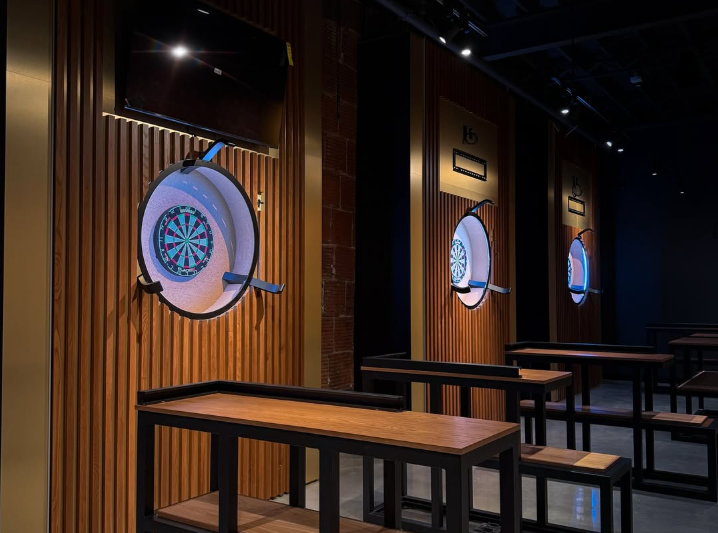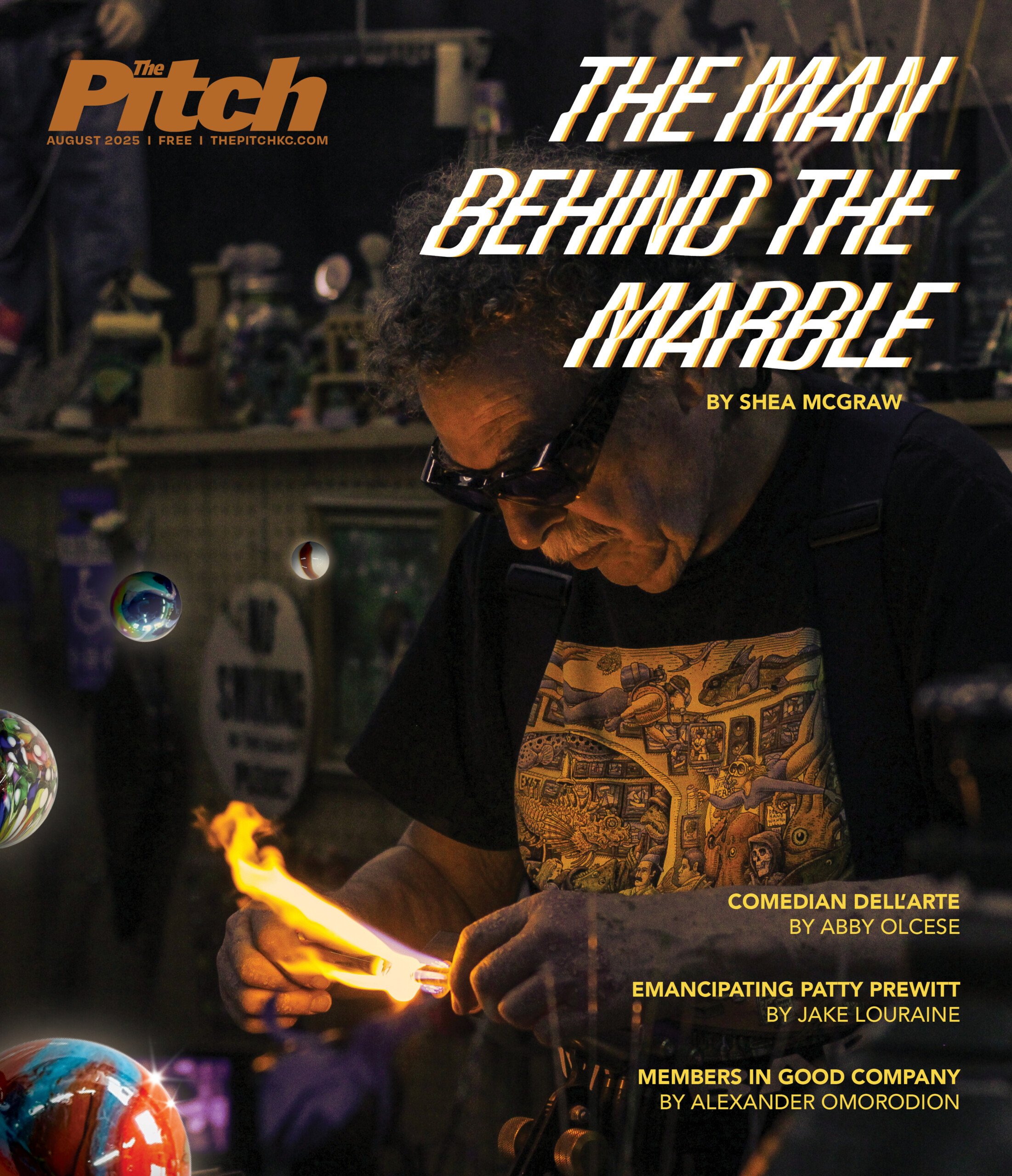Four uncommon drinks and where you can find them


We live by a simple maxim: There’s a wide world of booze out there, and life is too short not to enjoy some of the more interesting spirits lining the shelves. Some people get tripped up on where to start. Or they can’t admit that they don’t know what, say, mezcal is or how to enjoy it.
So here are a few libations that are a little more interesting than your go-to beer or glass of wine. And where to find them, too.
Apéritifs and Digestifs
Il Lazzarone
412 Delaware, 816-541-3695
Apéritifs and digestifs have long been popular cocktail ingredients, but rarely are they highlighted on a menu the way River Market pizzeria Il Lazzarone spotlights them. Here, classic apéritifs — the dry alcoholic beverage traditionally made from fortified wine and designed to stimulate the appetite — are offered with soda and a fruit twist.
If you’re unfamiliar with the bittersweet tug-of-war taste that is Aperol, Campari, Casoni or Cappelletti, here’s how these spirits were meant to be enjoyed: with some bubbles, immediately before woofing down a traditional Neapolitan pizza. Bonus: Most apéritifs have a lower alcohol content, which means you can toss back a couple at lunch and not feel too bad about it.
Once you’re through the meal, lead bartender Dominic Petrucci has a few more ideas. Digestifs are usually taken straight, but a few of Petrucci’s selections — Sambuca, Fernet, green Chartreuse and Cynar — have mixers to help them go down easier. (On their own, these spirits can be potently syrupy, with a slight medicinal quality.) Pro tip: Don’t leave without trying the “Uomo Scuro,” which combines Cynar with bourbon, Angostura bitters, espresso and cream.
Mezcal
Port Fonda
4141 Pennsylvania, 816-216-6462
If you’re of the agave persuasion, you’ve probably bellied up to the bar at Westport’s Port Fonda and found your heart at the bottom of an empty margarita glass. But it would be a damn shame if you overlooked tequila’s sister spirit, mezcal.
Though both are made with the agave plant, tequila is made with only blue agave, and it’s traditionally steamed; mezcal may feature multiple varieties, which are usually roasted. The roasting lends a smoky, peaty profile to the mezcal — think of it as the lovechild of scotch and tequila.
Over the past decade, mezcal has become increasingly popular in the States. For many, the first introduction to the spirit was with the Del Maguey brand. (The Del Maguey Vida is something of a bar staple these days.) But, like tequila, there’s a whole world of producers out there with different takes on the spirit. At Port Fonda, you can sample from 33 mezcal options. And you don’t have you choose: With mezcal flights, you can pick three varietals at your price point.
Or, for those who prefer a gentler introduction to mezcal, Port Fonda’s mezcal sour combines smoke, froth and lime for some delightful sips.
Champagne
Ça Va
4149 Pennsylvania, 816-255-3934
Champagne is meant to feel exclusive: Its high price — mandated in part by the French government — often drives would-be drinkers to such bargain counterparts as the Spanish cava and other sparkling wines. But if you’ve ever tasted a truly great champagne, in which delicate, sweet fruits swirl together with creamy bread notes and fairy bubbles, you know that the price tag is worth it.
Drinking champagne doesn’t have to mean dropping crazy cash, though Westport’s champagne bar, Ça Va, does carry a selection of high-end bottles that go for more than $200. But for anyone wanting to experience the finer things in life, the charming, Francophile-friendly bar offers luxury at a more affordable price: bottles that go for $50 and up, glasses of champagne that range from $17 to $23. (There are cheaper, nonchampagne options for the more economically minded, too.)
An additional entry into the world of champagne is Ça Va’s Wednesday-night flight option. For $30, you experience a trio of 3-ounce pours of this most magical of juices. Flight night gives guests the option of trying some of the bottle-only champagnes, and any one of Ça Va’s bartenders can help guide your palate. If you’ve ever wanted to know what makes champagne so special, there’s nothing like tasting one glass against another and reveling in the complex characteristics in each sip.
Sherry
Tannin Wine Bar & Kitchen
1526 Walnut, 816-742-2660
La Bodega
703 Southwest Boulevard, 816-472-8272
You have to feel a little bit bad for sherry: The Spanish fortified wine is so often misunderstood. Average wine drinkers dislike it, and anyone else it might appeal to knows little about it. Perhaps, after so many dormant years, this liquor — often regarded as an old man’s drink — is finally coming into fashion. Well, it’s about time.
For those new to sherry, here’s a quick tip: The liquid — which usually comes in hues of brown from tawny to dark — has been produced for thousands of years in Andalucía, in southern Spain. There are five main types of sherry, and most — to correct a common misconception — are more dry and earthy than they are sweet. These are slow-sipping drinks, to be enjoyed with food: Fino and Manzanilla sherries pair well with salty appetizers and raw seafood; Amontillado and Oloroso go well with richer foods, game entrées and creamy sauces. (Palo Cortado, a rare and kingly sherry, is best experienced on its own.)
Because sherry has a higher alcohol content than regular wine, a 3-ounce pour (typically about $7) has about the same effect as a 5-ounce pour of wine. Think of sherry as the whiskey lover’s alternative to wine: Anyone who digs a potent drink profile will appreciate the complexities of a sherry.
If you’d like to dive into the world of sherry, the Crossroads boasts two excellent options. Tannin Wine Bar, which stocks all but Palo Cortado, offers a flight option for $20. And if you’d like to experience one of Spain’s favorite drinks along with traditional Spanish food, La Bodega has a devoted sherry program.




